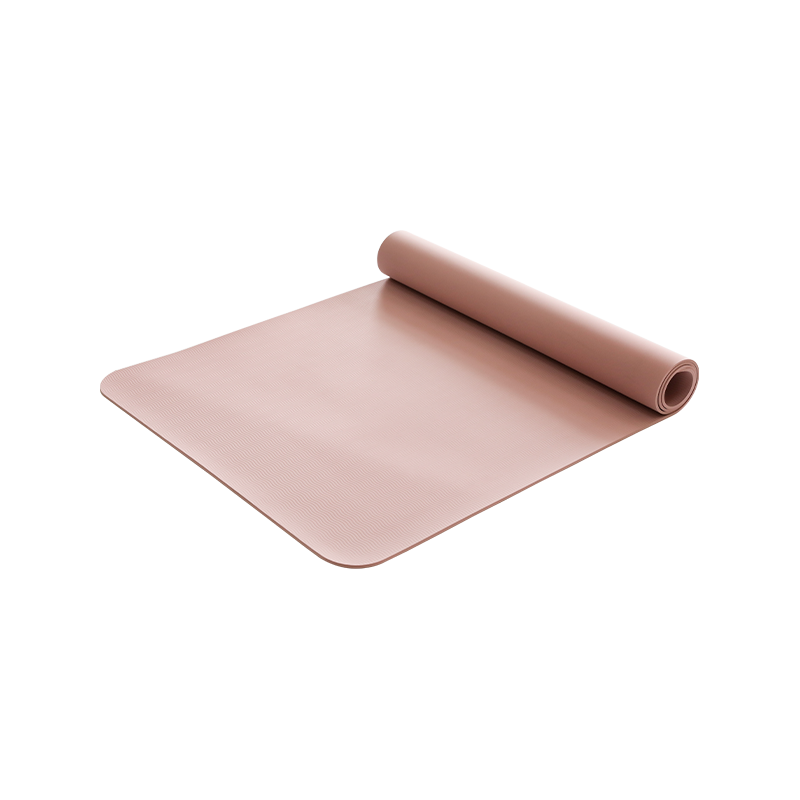Home / News / TPEE Foam Sheet Improved with the aid of ScCO 2
The bodily foaming extrusion technique of TPEE can offer several blessings compared to traditional foams and synthetic rubbers. Firstly, it's miles a green system that requires little strength. It also offers better energy and elasticity than everyday polyurethane, making it greater durable. Lastly, the decreased density of the molded or extruded product permits it to have decreased weight. This is mainly critical for products that ought to bear heavy loads. In addition, the capacity to create merchandise of tons of bigger thicknesses is likewise very beneficial.
TPEE may be used in many distinct programs and is a popular fabric choice due to its top-notch mechanical residences. In addition, TPEE is recyclable and contributes to the circular economic system. This is a big benefit as it reduces waste and enables to storage of power and uncooked substances. In the future, the use of recycled TPEE is expected to grow.
One of the most important demanding situations in foaming TPEE is the low softening energy of the linear polymer, which makes it hard to acquire high enlargement ratios and good restoration. This may be overcome through chemical modification or electron beam crosslinking. However, those techniques are highly priced and require a special facility. In this observation, a new method to enhance the foaming behavior of TPEE was investigated the use of supercritical carbon dioxide (scCO 2) as a blowing agent. Three sorts of TPEE copolymers with one-of-a-kind block ratios have been prepared. The foaming performance of these TPEE samples was evaluated using measuring the trade of the initial enlargement ratio with time and by evaluating their dimensional balance.
It changed into found that the addition of scCO2 prompted the formation of micro cross-linked structures inside the TPEE melts and enhanced their rheological properties. This resulted in a drastically expanded elastic storage modulus, progressed stress-hardening reaction, and diminished shrinkage charge for the duration of the foaming technique.
In addition, the morphology of the in-situ fibrillated PTFE changed into studied through scanning electron microscopy (SEM). The results show that the presence of the PTFE nanofibrils promotes crystal nucleation by way of lowering the loose energy barrier of nucleation. The morphology of the in-situ PTFE fibrils is also modified from a round to a rod-like shape.
Moreover, the rheological research discovered that the scCO 2-induced in-situ traumatic inflammation drastically extended the shear rheological behavior of the TPEE melts and led to a quicker mobile boom. This was accompanied by the aid of an extra uniform mobile length distribution and a higher restoration. Furthermore, the elongational viscosity of TPEE with PTFE nanofibrils was observed to be appreciably greater than that of the pattern without PTFE nanofibrils at all elongation prices examined. This is attributed to the excessive entanglement of the PTFE nanofibrils within the TPEE melts, which leads to extra-powerful biaxial stretching. As a result, the elongational viscosity is better than that of a spherical polymer. This is a key aspect in enhancing the foaming of TPEE.


 English
English
 Español
Español

 ++86-0512-66079229
++86-0512-66079229

















